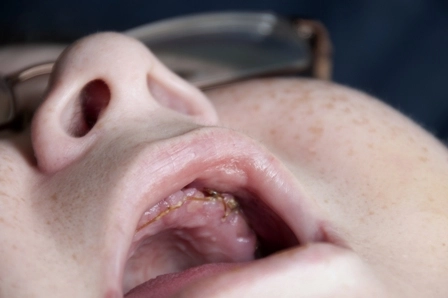Get a Sneak Peek into What to Expect For Oral Surgery Coding in CPT® 2016

Prolonged care codes cannot be used with new prolonged clinical staff service codes.
Like every year, September brings in the annual unveiling of new, revised, and deleted CPT® codes for the following year. Initial sneak peeks don’t show many updates for oral surgery related codes, but you’ll still want to be aware of how your reporting might change in 2016.
Learn Two New POS Codes For 2016
Until now, you would use the place of service (POS) code 22 for outpatient hospital services. Effective Jan. 1, 2016, and implemented Jan. 4, 2016, the Centers for Medicare & Medicaid Services (CMS) is revising POS code22 and adding new POS code 19 to better describe outpatient hospital settings, as follows:
POS 19 (Off Campus - Outpatient Hospital) — Descriptor: A portion of an off-campus hospital provider based department which provides diagnostic, therapeutic (both surgical and nonsurgical), and rehabilitation services to sick or injured persons who do not require hospitalization or institutionalization.
POS 22 (On Campus - Outpatient Hospital) — Descriptor: A portion of a hospital’s main campus which provides diagnostic, therapeutic (both surgical and nonsurgical), and rehabilitation services to sick or injured persons who do not require hospitalization or institutionalization.
Get to Know 99415 and 99416
CPT® 2016 will also include two new add-on E/M codes to help you capture work your clinical staff performs after your clinician sees the patient for an E/M service. You will be able to report 99415 (Prolonged clinical staff service [the service beyond the typical service time] during an evaluation and management service in the office or outpatient setting, direct patient contact with physician supervision; first hour [List separately in addition to code for outpatient Evaluation and Management service]) and 99416 (…each additional 30 minutes [List separately in addition to code for prolonged services]) to seek additional, deserved reimbursement.
“Now, here is a set of codes to really sink your teeth into; we hope!” says Suzan (Berman) Hauptman, MPM, CPC, CEMC, CEDC, director of PB Central Coding at Allegheny Health Network in Pittsburgh, Pa. “Often times, a physician’s time with the patient only paints a partial picture of what occurred during the visit. It could have been that the staff was asked to give an injection, but the patient was uncooperative. It might include education for a new medication, therapy, or options for care that go far beyond the time illustrated in the E/M code, but that education doesn’t have to be that of the physician. The staff members in a physician’s office are important to the care of the patient and also are an expense to the physician. These codes make good sense all around to be included in the new code sets. This may also come into play with the trend of coverage for more preventive services. I am anxious to see how these codes play out in policy and, if reimbursable, what might that reimbursement look like.”
Note: Added guidelines to prolonged care codes, 99354 (Prolonged
“The implication is that prolonged services must be coded based on either the time of clinical staff (99415 and 99416) or the time of the physician or other qualified health professional involved (99354 and 99355), not both,” says Kent Moore, senior strategist for physician payment at the American Academy of Family Physicians. In other words, these guidelines say that you cannot use either 99354 or 99355 with 99415 or 99416.
Resource: Check out the MLN Matters article from CMS about the new POS codes at www.cms.gov/Outreach-and-Education/Medicare-Learning-Network-MLN/MLNMattersArticles/Downloads/MM9231.pdf.
serviceevaluation and management or psychotherapy service[s] [beyond the typical service time of the primary procedure] in the office or other outpatient setting requiring direct patient contact beyond the usual service; first hour [List separately in addition to code for office or other outpatient Evaluation and Managementor psychotherapy service]) and 99355 (Prolonged service evaluation and management or psychotherapy service[s] [beyond the typical service time of the primary procedure] in the office or other outpatient setting requiring direct patient contact beyond the usual service; each additional 30 minutes [List separately in addition to code for prolonged service]), mention that you should not report either of these prolonged care codes with the new add-on codes for prolonged clinical staff service codes.




